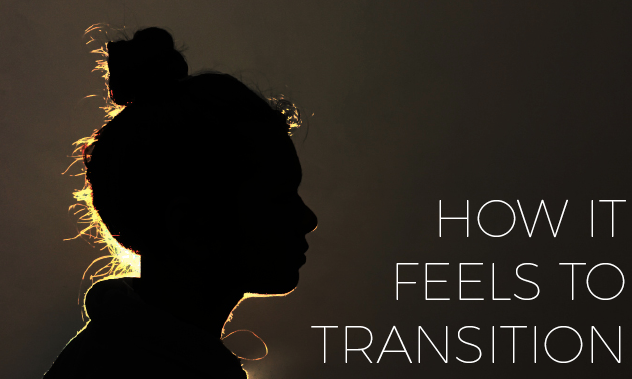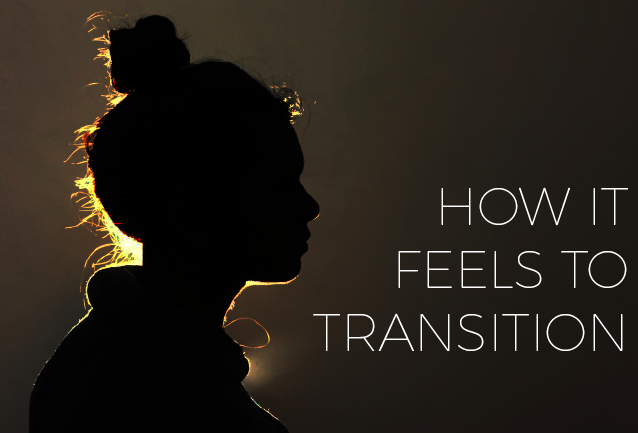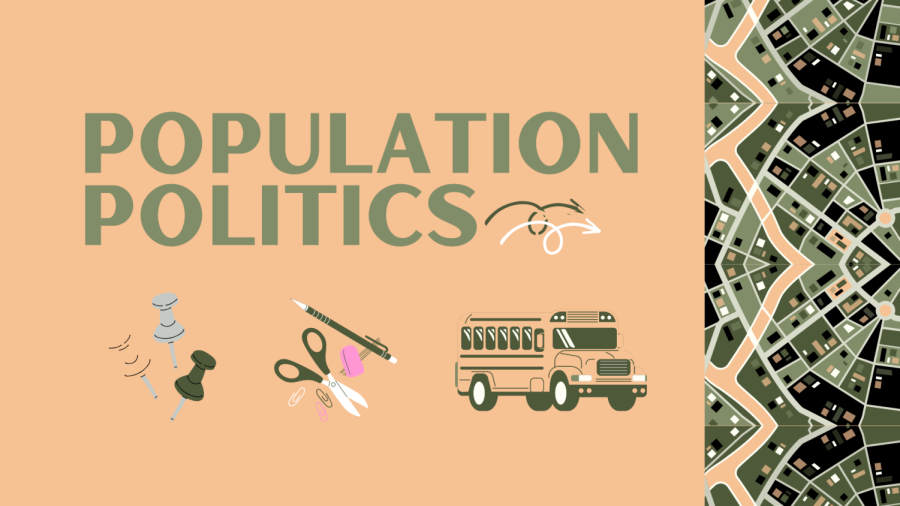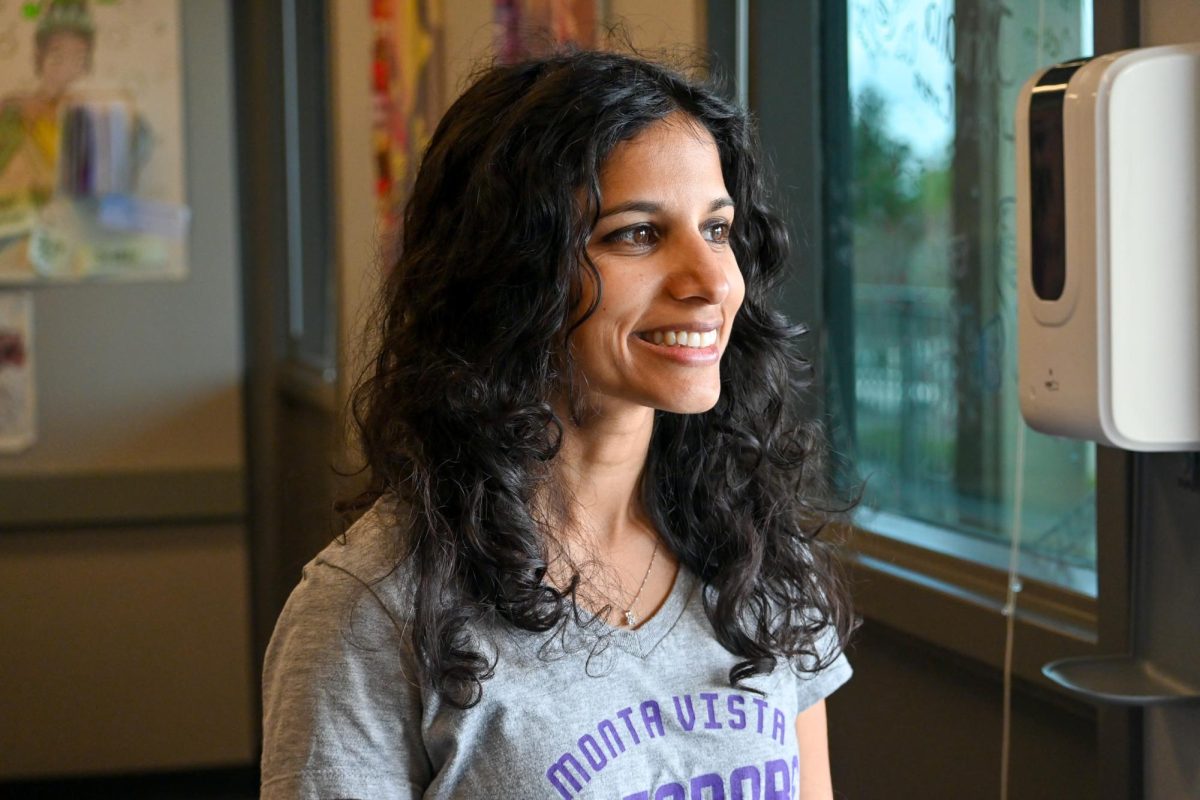
ven before she recognized that her friend was transgender, she noticed the little things that made him stick out. Like his hatred for skirts.
The two sophomores met when they were six, when he had moved to her apartment complex in their conservative city in India. And before they could even speak, they could recognize the differences between what constitutes as a man and what constitutes as a woman. Indian gender roles had already been instilled into them as young schoolchildren.
Everyday, the girls would wear a uniform consisting of a skirt, a shirt, a tie and shoes while the guys would wear shorts instead of a skirt. From a young age, Student X would wake up, wear the girl’s uniform, go to school and wait with other girls wearing the exact same outfit before going to class.
But her friend, Student Y, didn’t like wearing a skirt. When the two friends first met, that was one of the things that stood out to her. The right to wear pants was his fight. Every morning, he would yearn for the opportunity to wear pants. Yet every morning, he would inevitably come to school wearing a pleated, school uniform skirt.
Sometimes, a battle has to be lost to win the war.
Because of his persistence in wearing pants, and through his skills on the field he earned himself a label.
“Tomboy.”
But he could never have been a “boy.” While he could wear pants at home, he couldn’t wear them to school, weddings or parties. The skirt was a symbol of his inescapable and forced femininity.
It wouldn’t be until his freshman year of high school that he realized that he was not a boyish girl. He was a boy. And then it would become clear why he didn’t want to wear a skirt, or why he wanted play sports on the boys team. The discovery didn’t happen in their cramped Indian town. In fact, both Student X and Y didn’t know the concept of being transgender existed.
Student Y left India when he was in sixth grade. When he had moved away from the conservative ideals of India to a more liberal Germany, he experienced culture shock.
He could wear pants.

ccording to the American Psychological Association, many transgender individuals go through a phase called gender dysphoria. Gender dysphoria occurs when an individual is distressed because their assigned sex at birth does not match their gender identity and/or role. Signs of gender dysphoria can begin in early childhood, but become especially prevalent during puberty.
And when Student X moved away from India to Cupertino in eighth grade, she also experienced culture shock with how gender could be expressed. Yet, despite Cupertino having more relaxed gender roles, Student X noticed there was there was a line to what constituted as acceptable— she discovered this in the Cupertino Middle School girls locker room. Behind the wall of harsh whispers and dirty looks tossed in the middle school locker room, she met a transgender girl. And despite the venomous insults hurled at the transgender girl and sheer disbelief from the girls around her, student X felt no ill intent towards the other girl.
“[The girls in the locker room] were just like, ‘She’s a guy, she shouldn’t be changing in our locker rooms with us,’” she said. “And I didn’t understand it so I didn’t say anything about it, and then I figured out what [being transgender was].”
Despite the distance between them, Student X and Student Y remained close. In one of her daily messaging sessions with Student Y, she brought up the idea of being transgender. It was a foreign topic to both of them. But the more they talked about it, the more, Student X recalls, Student Y realized that the term “transgender” suited him.
It all started to make sense.
“I don’t think he knew what [being transgender] was before, [and] even though transgender people exist in Germany, they don’t talk about it openly,” Student X said. “So I don’t think he had a way to find out that this was a thing… people accepted him and let him behave like a guy.”
Transitioning is a slow process.
Most of his friends refer to him by his correct pronouns and treat him like a guy. His teachers are nice about the fact that he is transgender. But, as of today, his parents do not know. It’s hard for Student Y to explain the concept to others when he doesn’t really understand it himself. And the possibility that his parents won’t accept him will always linger in the back of his mind.
But according to Student X, for the first time, she can see her friend as his true self.

or Saratoga High School junior Sasha Berkeley, death was a new beginning. Berkeley knew that by coming out, she would have to expose her gender identity to the scrutiny of the world. Yet, when she read the headlines about a transgender teen named Leelah Alcorn who had committed suicide in 2014, Berkeley knew that she couldn’t hide it anymore.
Maybe, she thought, she could inspire other people to come out.
Berkeley spent the first 10 years of her life in Korea. And even though the idea of being transgender was not commonly accepted or even known in Korea, Berkeley had quickly recognized the differences between her and the other boys.
Berkeley felt socially awkward. She wasn’t interested in sports, like the other boys. Instead, she enjoyed STEM and other science courses. And she didn’t feel masculine. She didn’t want her broad shoulders, lanky body, and skinny hips. She wanted slim shoulders and full hips.
When Berkeley moved to Saratoga at age 10, she still wasn’t familiar with the concept of being transgender. But as she grew older, she discovered access to different social media and websites. And on the internet, she learned that people had similar internal conflicts. On forums and internet blogs, Berkeley learned of others feeling like her, feeling like they weren’t meant for their own body.
Berkeley came to accept being transgender fairly gradually. At first, she thought she wasn’t any particular gender. But after two years, her investigation through blogs and various resources into her gender identity came to a close. Berkeley realized she was a woman.
The feeling of realization was surreal.
And so, one night when she was 15-and-a-half years old, inspired by Leelah Alcorn, she typed up a Facebook post. She would come out to the whole world at once. And she braced for impact.
Berkeley was and still is the first transgender woman “out” at Saratoga High School according to her.
Rumors spread. The reactions were mixed. People who had used to bully her claimed pledges of support. People who were surprised by her coming out didn’t immediately understand.
She says she didn’t gt harassed, but instead, she experienced something she describes as one level below harassment. And the Gay-Straight Alliance at her school seemed too non-inclusive to transgender people. They would focus on straight and gay. And that was it.
According to Berkeley, the LGBTQ+ community at her school was not very strong— she is the only transgender person who is out in the school. And the topic of sexuality is not discussed often due to the conservative backgrounds of students’ families, even if they are fine with it themselves.
But she felt that it was time to come out and start the process of change.
“It was just like, you know what, this is my identity,” she said. “This is who I am and I feel like it’s for the better if you know, if change happens over time rather than not happening at all.”
The reaction of her parents struck her the most. Instead of accepting her, or even denying her, they chose to remain in ignorance.
“My mom was crying, my dad was like, really really stern, and I just decided not to speak of it again with them,” she said. “I know that they won’t understand, and I don’t think they’re going to understand.”

o this day, Berkeley explains that her parents still ignore her gender identity one year since coming out. They continue to use her dead name, or the name she was given at birth, and respond to her gender with silence. Maybe in time they will understand, but she says it won’t be anytime in the near future.
“I’ve tried to teach them, I’ve tried to tell them, but they just don’t pick up on it for whatever reason,” she said. “They don’t understand a person could feel that way because they’re like ‘Oh we had a friend who tried the homosexual lifestyle and it just wasn’t for him’ and that isn’t this! No!”
Despite Berkeley not receiving complete acceptance from her parents, Berkeley hopes to fully transition — in some ways, she feels like she already has.
For most transgender people, there are two big steps to transitioning. The first step is hormone replacement therapy, or HRT, where they receive the sex hormones estrogen or testosterone, along with other drugs, that help restructure the hormonal system.
The second step is SRS, or sex reassignment surgery. In SRS, a surgeon medically changes the genitalia to match the gender that the individual has chosen to transition to. Additionally, transgender females can get top surgery, to get bigger breasts, and transgender males can go through breast reduction surgery.
However, transgender people each go through different types of transition. Some don’t even transition physically at all.

But Berkeley wants to fully transition. Despite not having done breast surgery yet, Berkeley describes that sometimes she has “phantom breasts.
Despite her desire to transition, she can’t anytime soon. Because she is a minor, she cannot get therequired parental consent to receive treatment and her parents refuse to support her. And because of new potential setbacks on affordable healthcare, Berkeley may not have the funds to do the surgery she desires in the near future.
“Well, I tried seeking resources for me to use, like websites that would give me more information on
how to transition,” she said, “but the process is immensely expensive and with healthcare flying out the window right now, it’s not looking good for me in the near future.”
Yet, despite the obstacles Berkeley knows that she will soon face, the goal of having her body match her brain will keep serving as motivation.






























